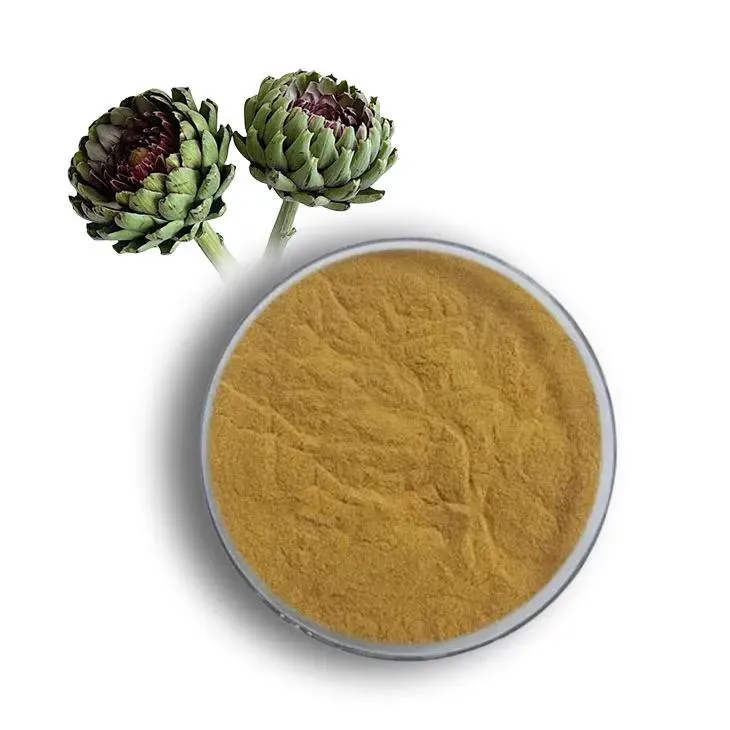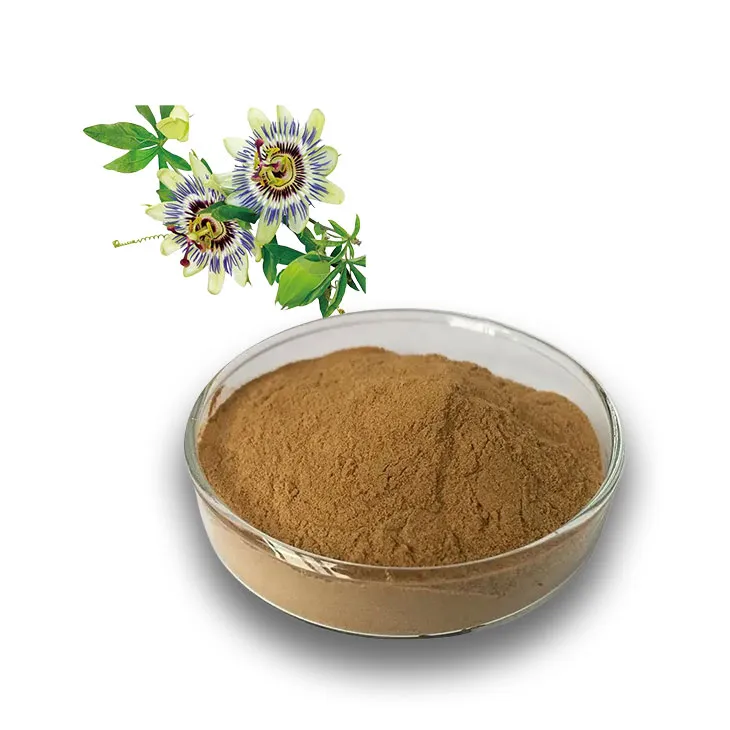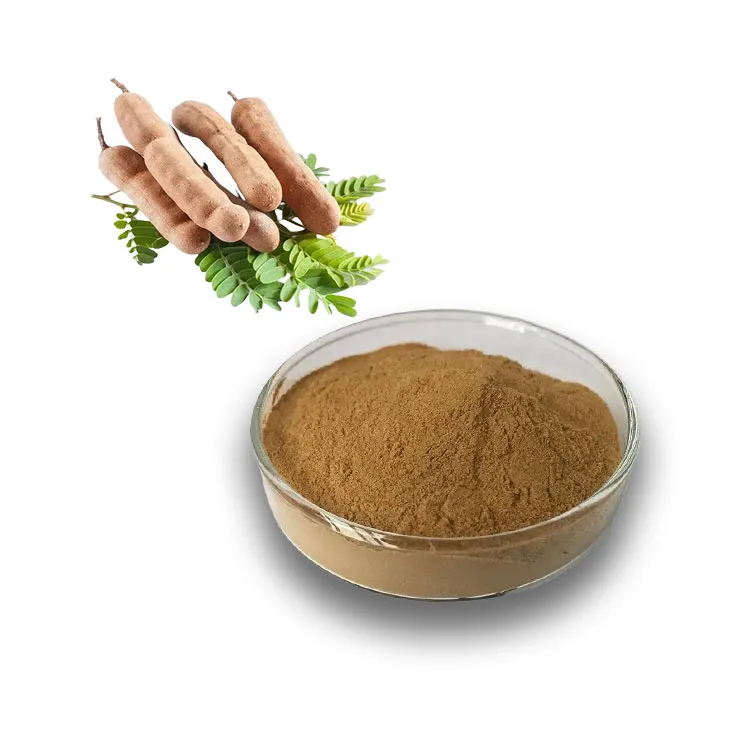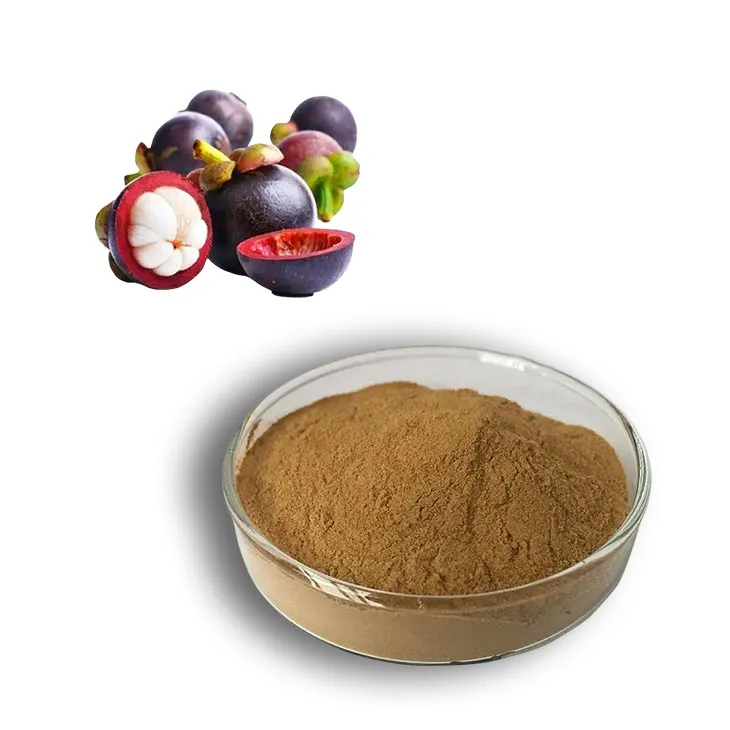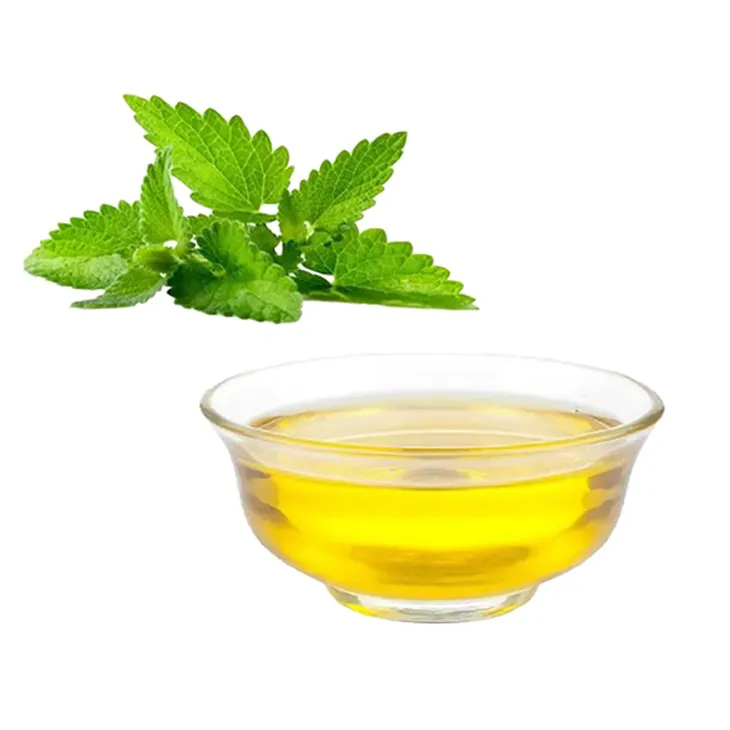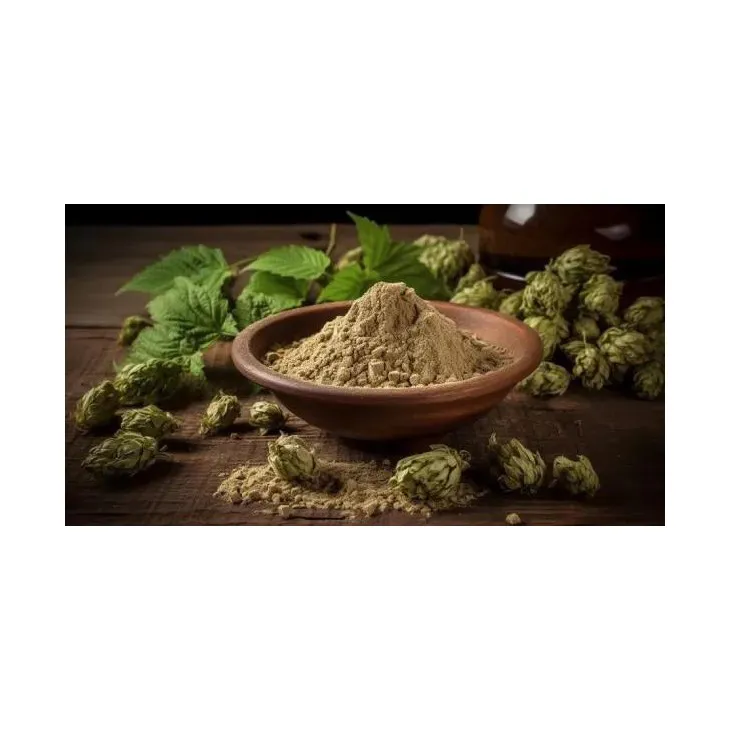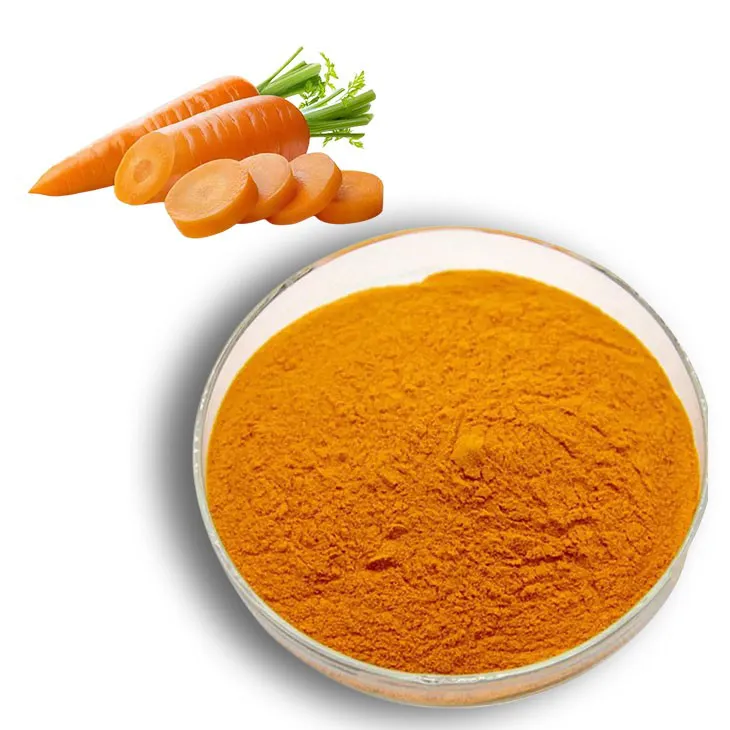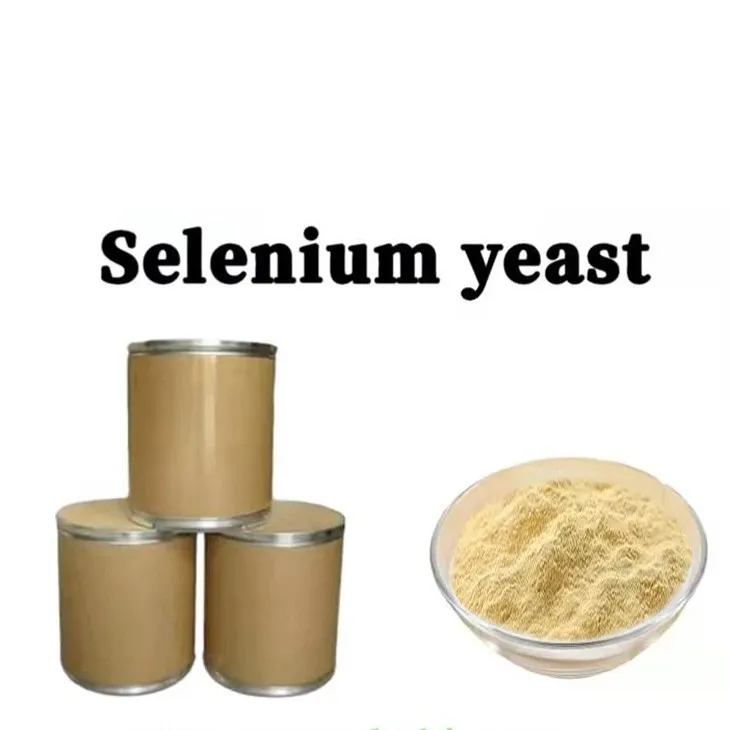- 0086-571-85302990
- sales@greenskybio.com
An Introduction to Lycopene
2025-11-17
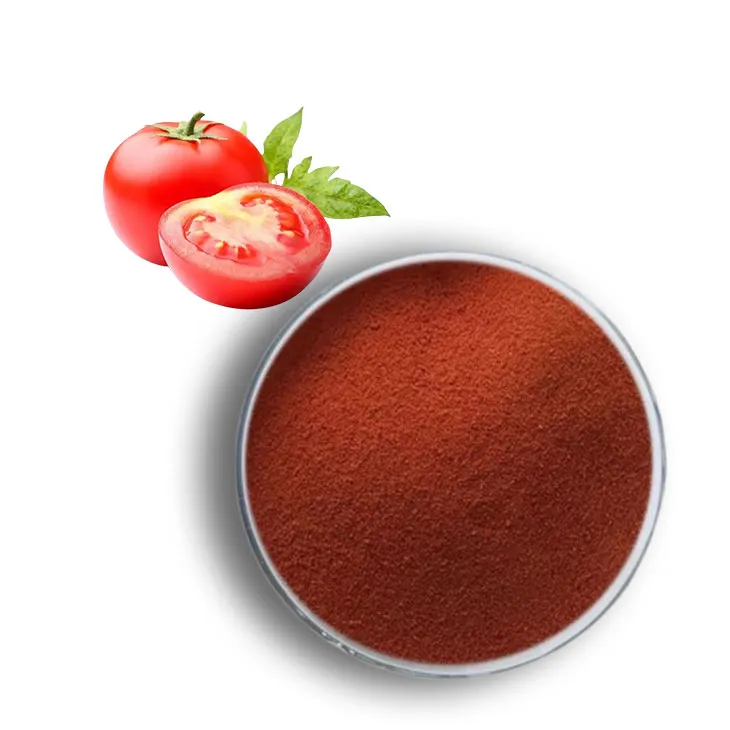
An Introduction to Lycopene
1. What is Lycopene?
Lycopene is a bright red carotenoid pigment, a natural compound found in many fruits and vegetables, most notably in tomatoes. It is a powerful antioxidant, meaning it helps protect cells from damage caused by unstable molecules called free radicals. Unlike some other carotenoids (such as beta-carotene), lycopene does not convert to Vitamin A in the human body. Its primary value lies in its potent antioxidant properties.
2. Specifications
Lycopene is commercially available in various forms. Typical specifications for a high-quality lycopene extract are as follows:
Parameter | Specification |
Product Name | Lycopene Extract (from Tomato/Tomato Pulp) |
Appearance | Dark red viscous liquid or free-flowing powder |
Active Ingredient | Lycopene |
Purity | 5% - 99% (Common commercial grades are 5%, 10%, 20%, and high-purity >90% for pharmaceuticals) |
Solubility | Insoluble in water; soluble in oils and organic solvents |
Loss on Drying | ≤ 5.0% |
Heavy Metals (as Pb) | ≤ 10 mg/kg |
Lead (Pb) | ≤ 3.0 mg/kg |
Arsenic (As) | ≤ 1.0 mg/kg |
Cadmium (Cd) | ≤ 1.0 mg/kg |
Mercury (Hg) | ≤ 0.1 mg/kg |
Total Plate Count | ≤ 1000 CFU/g |
Yeast & Mold | ≤ 100 CFU/g |
E. Coli | Negative |
Salmonella | Negative |
3. Applications
Lycopene's vibrant color and health benefits make it valuable across several industries:
Nutraceuticals & Dietary Supplements:
Antioxidant Support: Marketed for general health, immune support, and combating oxidative stress.
Prostate & Heart Health: Numerous studies suggest a link between lycopene intake and a reduced risk of prostate cancer and cardiovascular diseases.
Skin Health: Supplements are used for protection against UV-induced skin damage.
Food & Beverage (as a Natural Colorant):
Used to provide a rich red to orange color in products like fruit juices, sauces, soups, confectionery, dairy products (yogurt, ice cream), and beverages.
Designated as a natural color with E-number E160d in the EU.
Cosmetics & Personal Care:
Incorporated into skincare products (creams, serums, lotions) for its antioxidant properties, which help protect the skin from environmental stressors and may promote a more youthful appearance.
Animal Feed:
Added to feed for poultry (to enhance yolk color) and for fish like salmon and trout to improve the pink color of their flesh.
4. Manufacturing Process
Lycopene can be obtained through two primary methods:
A. Extraction from Natural Sources (Tomatoes):
Raw Material Preparation: Ripe tomatoes or tomato pomace (the leftover skin, seeds, and pulp from tomato processing) are used.
Crushing & Conditioning: The material is crushed and sometimes heated to break down cell walls.
Extraction: The crushed material is treated with a food-grade solvent (e.g., ethyl acetate, ethanol) to dissolve the lycopene and other lipids. Supercritical CO₂ extraction is a modern, solvent-free method that is highly efficient but more costly.
Separation & Purification: The solvent is removed through evaporation under vacuum, leaving behind a crude oleoresin rich in lycopene. This oleoresin can be further purified and standardized.
Formulation: The extract is often blended with a carrier oil or converted into a water-dispersible powder using carriers like starch or gum arabic for easier application in various products.
B. Fermentation (Synthetic/Biosynthetic):
This method uses specific strains of fungi (e.g., Blakeslea trispora) or yeast that are capable of producing lycopene through fermentation in large bioreactors.
The lycopene is then extracted from the biomass. This method is not dependent on seasonal tomato harvests and can produce a very pure and consistent product, which is often considered natural-identical.
5. Testing & Quality Control Methods
To ensure purity, safety, and potency, lycopene is rigorously tested using established analytical techniques:
High-Performance Liquid Chromatography (HPLC):
The Gold Standard Method. HPLC is used to accurately identify and quantify the lycopene content, separating it from other carotenoids (like beta-carotene) present in the extract. This is the primary method for determining purity and potency. It is often coupled with a UV-Vis or PDA (Photodiode Array) detector.
Ultraviolet-Visible (UV-Vis) Spectrophotometry:
A quicker, more economical method used for routine quality checks. It measures the absorbance of a lycopene solution at its characteristic wavelength (~472 nm). However, it is less specific than HPLC as it measures total carotenoid content and cannot distinguish lycopene from other pigments.
Thin-Layer Chromatography (TLC):
Used as a rapid, qualitative method to check the presence of lycopene and identify potential impurities.
Microbiological Testing:
Standard tests are performed to ensure the product meets safety specifications for total plate count, yeast, mold, E. coli, and Salmonella.
Heavy Metal Analysis:
Techniques like Inductively Coupled Plasma Mass Spectrometry (ICP-MS) or Atomic Absorption Spectroscopy (AAS) are used to detect and quantify toxic heavy metals.
Packaging & Storage: Lycopene is sensitive to light, heat, and oxygen. It must be packaged in sealed, opaque containers, often under an inert gas like nitrogen, and stored in a cool, dry place to maintain its stability and potency.
- ▶ Hesperidin
- ▶ Citrus Bioflavonoids
- ▶ Plant Extract
- ▶ lycopene
- ▶ Diosmin
- ▶ Grape seed extract
- ▶ Sea buckthorn Juice Powder
- ▶ Fruit Juice Powder
- ▶ Hops Extract
- ▶ Artichoke Extract
- ▶ Mushroom extract
- ▶ Astaxanthin
- ▶ Green Tea Extract
- ▶ Curcumin
- ▶ Horse Chestnut Extract
- ▶ Other Product
- ▶ Boswellia Serrata Extract
- ▶ Resveratrol
- ▶ Marigold Extract
- ▶ Grape Leaf Extract
- ▶ New Product
- ▶ Aminolevulinic acid
- ▶ Cranberry Extract
- ▶ Red Yeast Rice
- ▶ Red Wine Extract
-
White mustard seed extract
2025-11-17
-
Nettle leaf extract
2025-11-17
-
Artichoke Extract
2025-11-17
-
Passionflower Extract
2025-11-17
-
Tamarind extract powder
2025-11-17
-
Mangosteen extract powder
2025-11-17
-
Peppermint Oil
2025-11-17
-
Uridine-5'-monophosphate Disodium salt
2025-11-17
-
Beta Carotene
2025-11-17
-
Selenium yeast
2025-11-17













